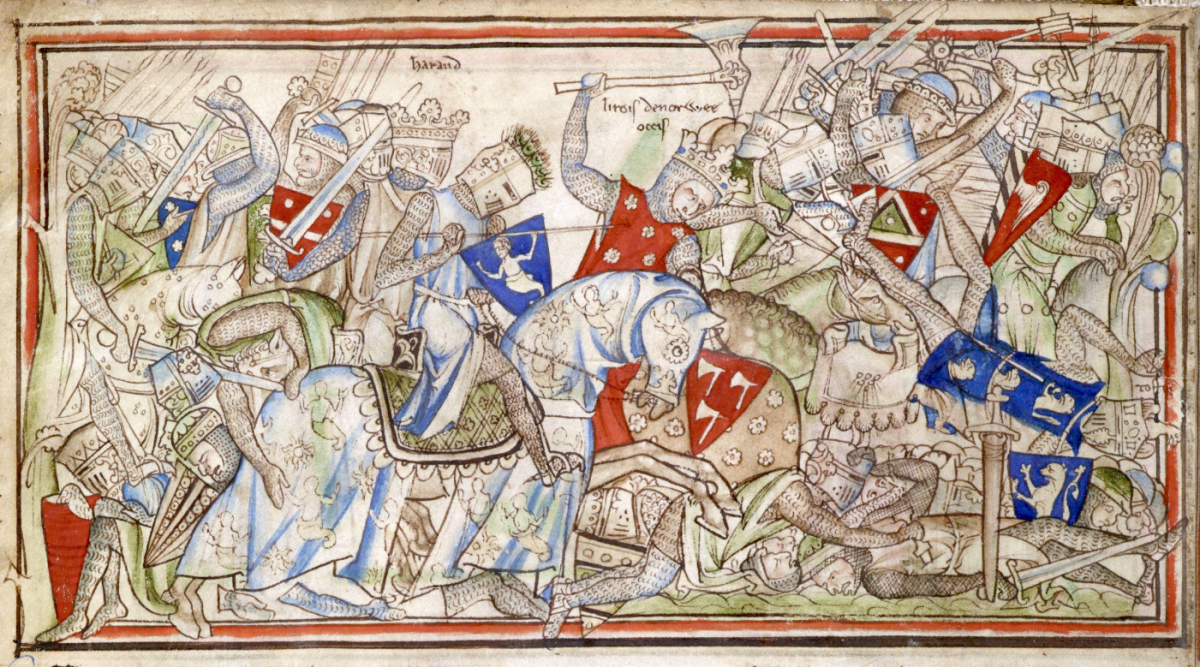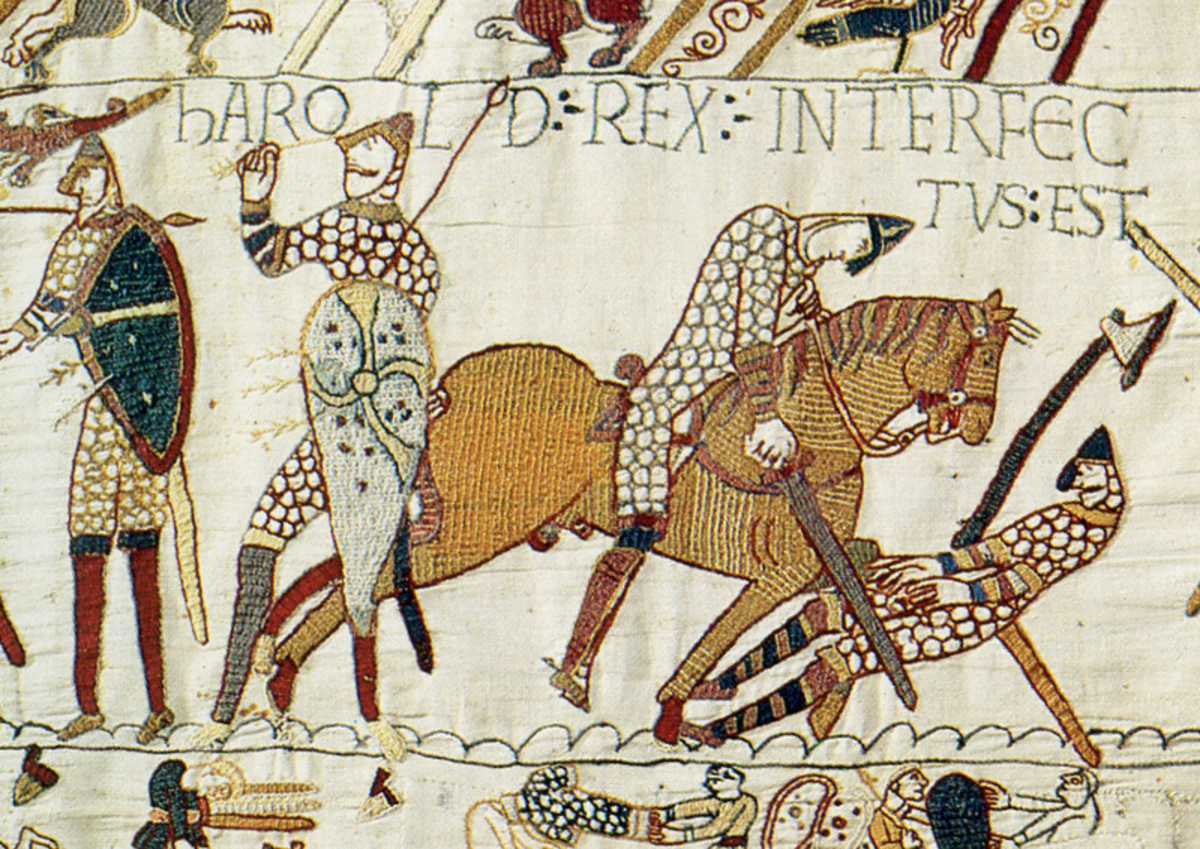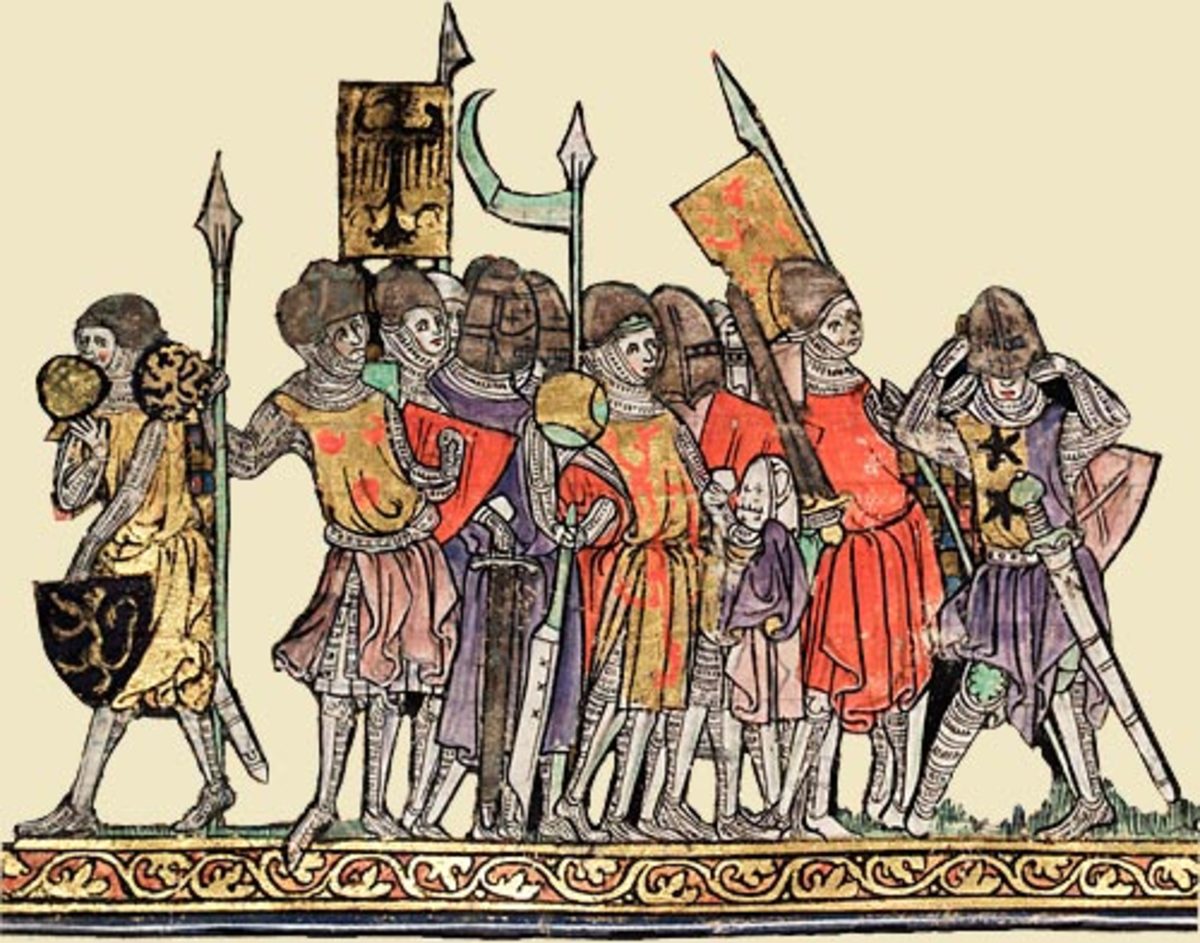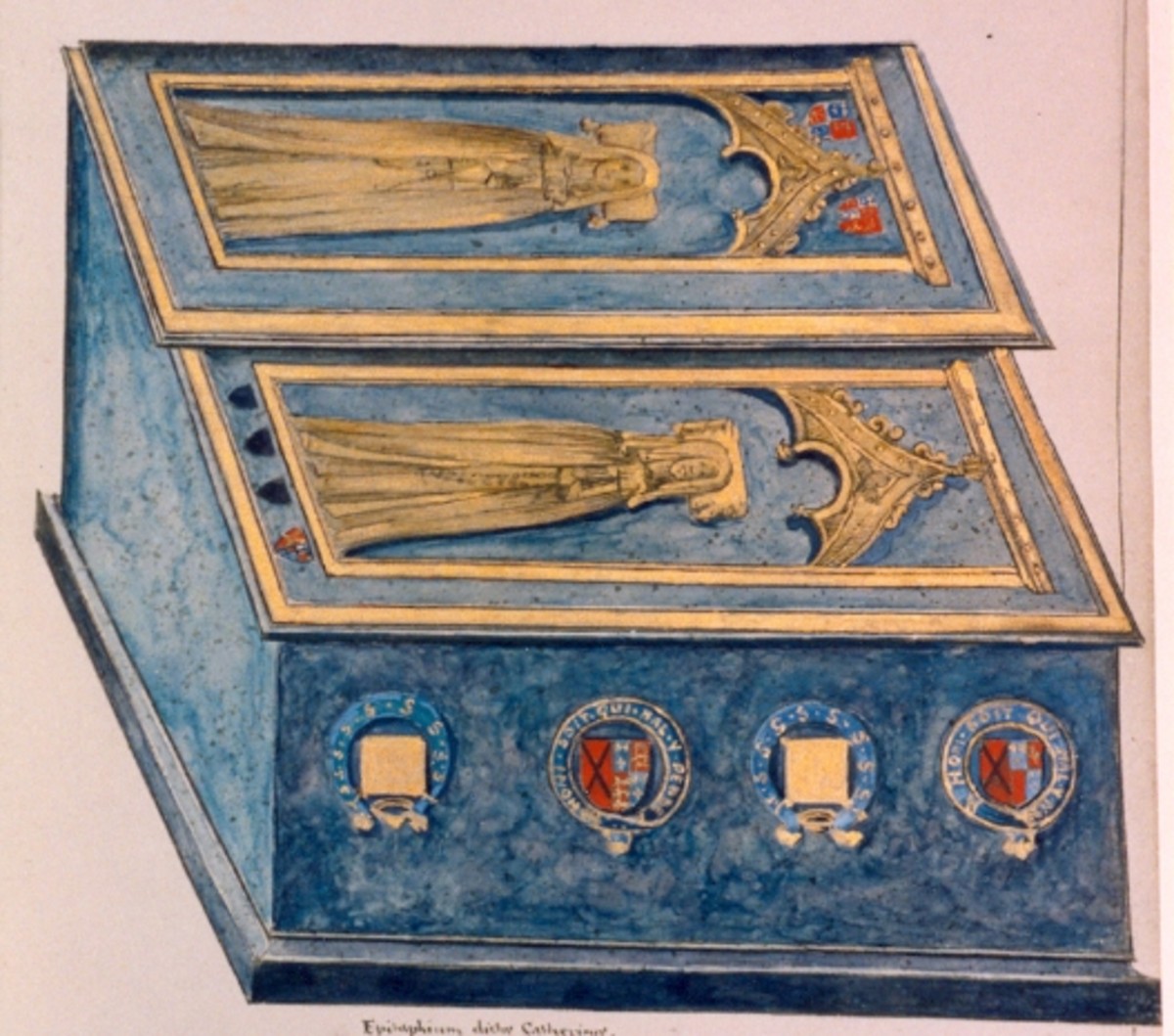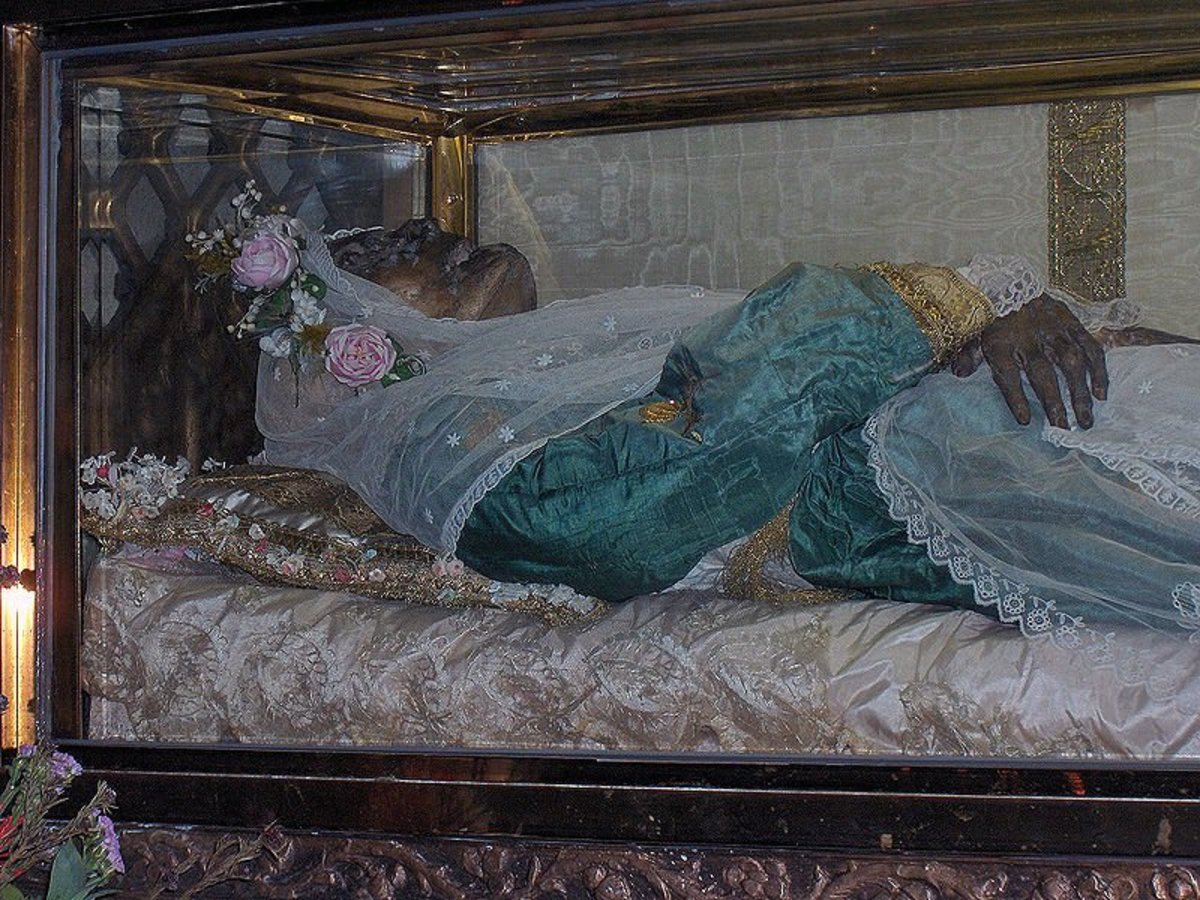Saxon England: What if History?

Hastings, The Battle That Changed England
The year is 1066, and Harold Godwinson has been crowned king Harold II of England. As news of Harold's ascension to the throne spreads across Europe his contemporaries plot to prevent him from wielding the powers of the crown.
Upon the death of Edward the Confessor there was no definite heir to the English crown and so several people claimed to be the rightful heir. Harold Godwinson the Earl of Sussex, Duke William of Normandy, and Harold Hardrada the King of Norway, all made serious attempts to take the crown of England at this time.
Harold Hardrada invaded England from the North Sea and landed near York. Harold Godwinson had managed to force the Witenagemot, the Saxon royal council, to crown him king, so he rallied an army in lower England and marched north from London to meet the Norwegians. At the Battle of Stamsford Bridge he crushed the Norwegian army and shattered Harold Hardrada's hope for the crown. Meanwhile Duke William of Normandy gathered an army from his French holdings and crossed the English Channel.
King Harold II marched hard from York to Hastings and met the Norman challenger in battle. On the field of Hastings King Harold II was cut down by Duke William's personal knights and the Saxon army was routed from the field. King Harold was the last Saxon king of England, but what if William had failed in his charge?
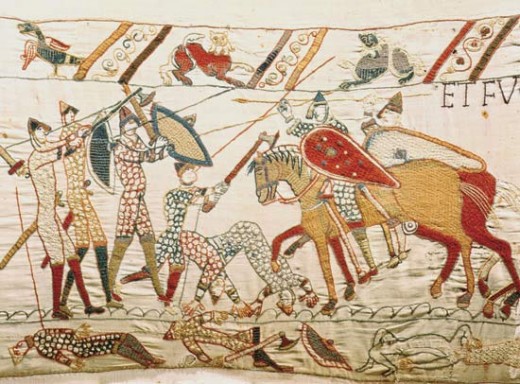
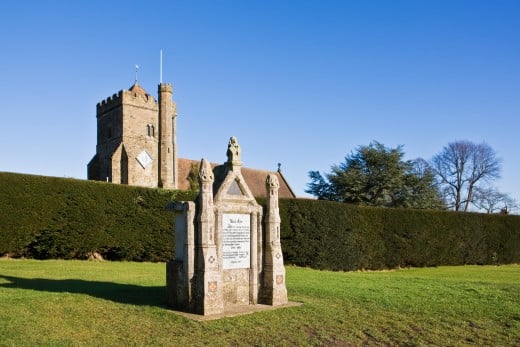

How Hastings Could Have Been
The Battle of Hastings was a battle between the new Norman way of fighting with mixed forces against the old Saxon way of fighting entirely on foot. Some scholars see the Norman method as being far more advanced than the Saxon method, but this is an exaggeration. Norman knights were not as heavily armed or armored as later medieval knights, and the shock value they presented against a solid infantry force was not enough to carry a battle.
The English army formed up on top of a ridge on Senlac Hill and the Norman army was forced to attack them uphill. William's army was composed of primarily infantry, with a large contingent of archers and knights for support. The English army was all foot soldiers fighting with the common folk wielding sword or spear and shield, and the royal Huscarls wielding a Danish Battleaxe.
William first had his archers fire upon the English army in an attempt to break their ranks, but the English formed a shield wall and the volley was ineffective. William then had his infantry attack, but this attack also faltered as fighting uphill was a difficult and demoralizing. Faced with defeat William was forced to personally lead his knights in a last ditch attack. Having sworn oathes to defend their king, many men would have rallied to their lords banner when he attacked. In medieval warfare communication was carried across the battlefield through standards, and the Normans would have seen theirs pushing the center and turned to aid it.
At this point Duke William found King Harold II and cut him down. This is where Hastings could have been an entirely different battle. Harold II would have been fighting alongside his personal bodyguard, the Huscarls. Huscarls were a throwback to Danish rule over England and they were professional soldiers picked for their size and capability. A Huscarl was capable of cleaving clean through a man and horse with one blow from his Danish Battleaxe. Had William made one misstep, if a single man had been looking a different way, or if someone had thrown themselves in front of their lord, Harold could have lived and William died on the field of Hastings. If William fell the Norman army would have been shattered and the English would have routed them.
What would this mean for England?
If Harold Godwinson retained the crown of England we would have an entirely different world. Not only is the event extremely old so the changes would affect everything that has happened since, but it radically altered the world view of the British Isles and the Continental Europeans.
Before the Battle of Hastings the British Isles were a far off land. They warred with the Danes, the Norwegians and each other, but were otherwise unconnected to the rest of the European world. The Norman conquest changed everything by bringing the English into France and French matters. If Harold had won the Battle of Hastings England would never have become engaged in French matters, and would probably have had a much better relationship with the French.
Duke William came with the blessing of the Pope and his rule helped to anchor England into the Catholic Church. If Harold had won we would have seen an easier separation from the Catholic Church, similar to the Scandinavians. This would have meant less persecution in England, and less destruction of the Church in England.
England may never have conquered Ireland. It is unlikely that King Harold would have been able to quickly dominate the English system of rule to be able to take advantage of Ireland's weakness during the early Medieval period, and this would have led to the development of three equally matched states, Ireland, Scotland and England, whose main focus would have been territorial control of the minor British islands rather than domination of each other or survival.
Alternate history can be a fun past-time, but it is also educational. Looking into history and seeing all the what-if moments, and how a single action could have changed the entire world helps to understand how much fate or chance has in making the world we live in.

